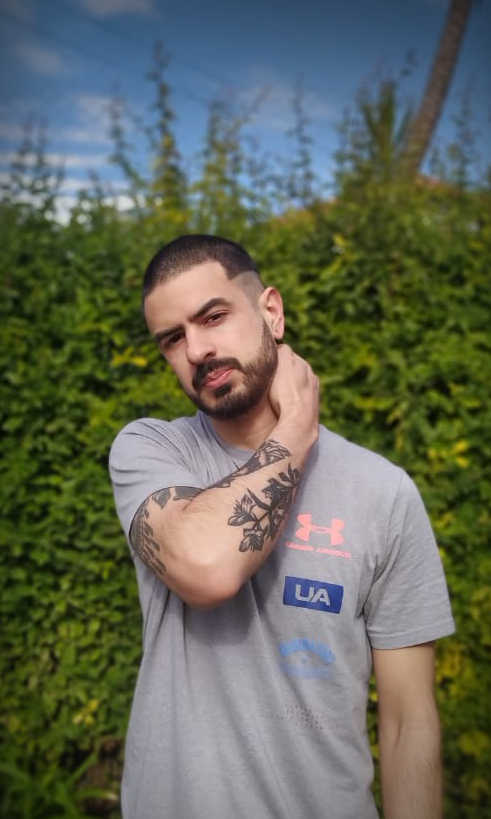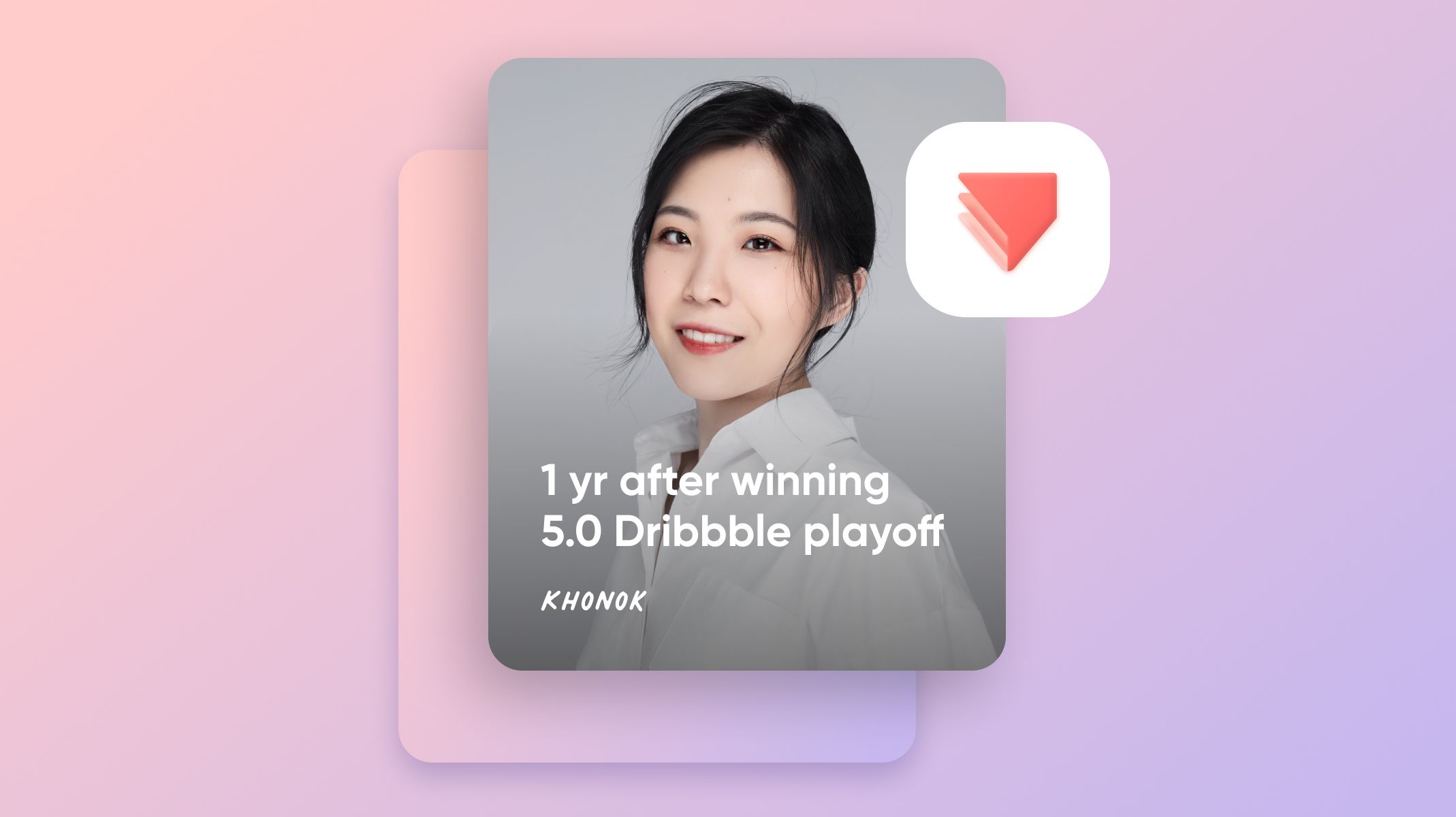Building Prototypes With the Runner Up of the Dribbble Playoff Contest
Meet Lautaro Ferreyro, the runner-up at this year’s Dribbble Playoff, and discover what inspired him to compete in the first place.


In March this year, we held our second Pie Day Playoff on Dribbble encouraging designers from all over the world to show us their prototyping skills. After receiving and reviewing more than 100 entries, a winner emerged: Richard Oldfield.
But Richard’s prototype wasn’t the only entry that caught our eye. Lautaro Ferreyro’s booking app was well-designed, imaginative, and clearly solved a real-life pain point. We decided to catch up with Lautaro and pick his brain to learn more about his career as a designer, why he created his booking prototype, and to learn about his top tips for succeeding as a freelancer in such a competitive industry.

Background
Hi Lautaro, it’s great to meet you. Could you please tell us a little more about yourself and why you decided to become a designer?
It’s great to meet you, too! To be perfectly honest with you, I basically fell into becoming a designer. I’ve always enjoyed the creative process and have been designing things for as long as I can remember (CD covers, logos, websites, stamps, comics, etc.) This was before I even knew that you could get a job as a designer. Once I learned that it was a genuine profession—that people would pay me to design for them—I never looked back. I even decided to stop studying for my degree as I realized I could just start making money from being a designer. There was nothing else that I’d rather do with my time.
Fast forward a few years and I now work as the Lead UI Designer for an up-and-coming blockchain-based app. Sorry, I can’t give you too many more details as it’s still in development, but I figure it always helps to start the interview with a touch of mystery!
How would you describe your creative process?
All design stems from the same initial place: recognizing the problem that we’ve been presented with. Great design isn’t just about looks—it’s about providing people with something that makes their life easier, and that they love using.
Whatever aspect of design you’re working on, from branding to UI, to UX, to packaging, you’re still trying to provide a solution to a problem. The way in which you do this (and the tools you use) are where you can be a bit creative and show your own unique flair.
Design is everywhere we look, so I also make sure to be highly observant at all times. I’m like a sponge—I want to take everything in and retain as much of it as possible. I want to understand why a company, or a person, used a particular design. I don’t simply dismiss designs that I don’t like. Instead, I try to understand what they were trying to do and to be specific in my criticisms.
I don’t exactly have a creative process, but I strongly believe that these are the two core principles behind great design: a recognition of the problem, and a deep understanding of what works and what doesn’t. You can only gain this by being really inquisitive and examining every piece of design that you see around you. It might seem quite excessive, but you’ll soon get used to it—and you won’t be able to look at a design without automatically analyzing it.

Life as a freelancer
Why did you want to become a freelancer, and what do freelancers need to be successful in such a competitive industry?
I definitely wasn’t built for a 9 to 5 sort of life. I like having freedom over my day and being able to dip into projects whenever I feel creative. On the flip side, I’m not a big fan of meetings, endless emails, and so on…
You’re right about it being a really competitive industry, but that doesn’t mean that freelancers can’t be successful. I have four core principles that I’d advise all fellow freelancers to follow:
- Patience: It can feel frustrating if you’ve just started out as a freelancer and you’re struggling to find clients. However, keep on knocking on their door and eventually, your opportunity will arise. Don’t give up having only begun just because you’ve had a tough couple of weeks. Once you do start to gain some momentum, you’ll quickly forget those tough times. Oh, and remember to be patient when it comes to building good relationships. You need to demonstrate your value, become known for delivering on time, every time, and eventually, you’ll have a bunch of committed clients that rely on you for all their design needs.
- Dedication: Be dedicated to becoming the best designer you can possibly be. Don’t simply reach a stage where you’re earning a comfortable living and stop exploring new ideas or learning new skills. Most of all, make sure you’re doing things that you actually enjoy. This makes it a whole lot easier to be dedicated to your craft.
- Basic accounting: As a freelancer, you’re a micro-business, so take your accounting duties seriously. Remember that you have to set some money aside for taxes and always have more in your account than you actually need. Even if you hire an accountant, I’d still always suggest that freelancers learn the basics themselves—this will help them better manage their money on a day-to-day basis.
- Respect for yourself: Don't work for people who don't value your work just because you want the money. There’ll always be other potential clients out there who will actually appreciate what you do!
- Reliability: I sometimes joke that I hit 94.33% of all deadlines, but there’s a grain of truth in this—I hate submitting work late. Clients love reliability. They want to know that they can trust you. If you’re reliable and always meet deadlines, this will give you a major advantage over other freelancers.
How ProtoPie helps Lautaro achieve his goals
When did you discover ProtoPie and why did you choose it as your interaction design tool?
As soon as I heard about the concept of interaction design, I knew it was something that I wanted to try out for myself. I did a bit of research into the tools that could help me do this and found out about ProtoPie. Having conducted a bit more research, I realized that it was the best out of all the tools on the market—and I haven’t looked back since. I’d strongly recommend ProtoPie to all designers that want to get involved with interaction design.
How has ProtoPie helped you on your professional journey?
I think the most important thing is that ProtoPie helps my designs stand out from other proposals. Using ProtoPie to learn the ropes of interaction design has also dramatically expanded my skill-set. I’ve become so much more advanced in terms of considering aspects such as movement, rhythm, times, and space in my designs. Plus, I love the fact that it allows me to test interactions out at the very early stages of a project.
Overall, my expertise has come on leaps and bounds. I can confidently say that I’m a far better designer than I was before I’d started using ProtoPie.

How did you get the idea for the prototype that won you second place at our Dribbble Playoff?
I was living in Medellin, Colombia at the time and had been traveling a lot recently. Having booked a ton of flights in recent months, I was thinking about the reservation process and then suddenly an idea hit me: what if I could combine a flight booker with ProtoPie’s voice trigger feature? If I managed to do it, I’d create an agile, fast, and enjoyable way to book a flight that would need minimal time and effort—you could just speak into your phone. So I decided to try and create a prototype of a voice-assisted flight booker. All in all, I was pretty happy with the final result—and clearly so were you guys!
However, I couldn’t have done it without ProtoPie. So if any designers out there are reading this, let me leave you with one final tip: download ProtoPie today. You won’t regret it.

